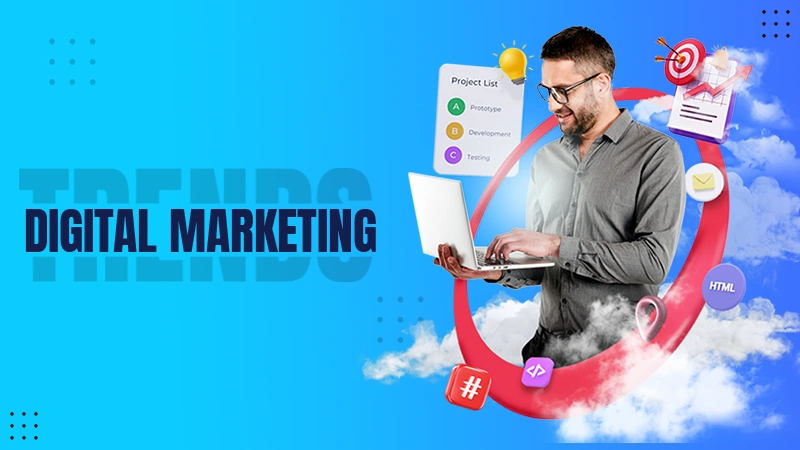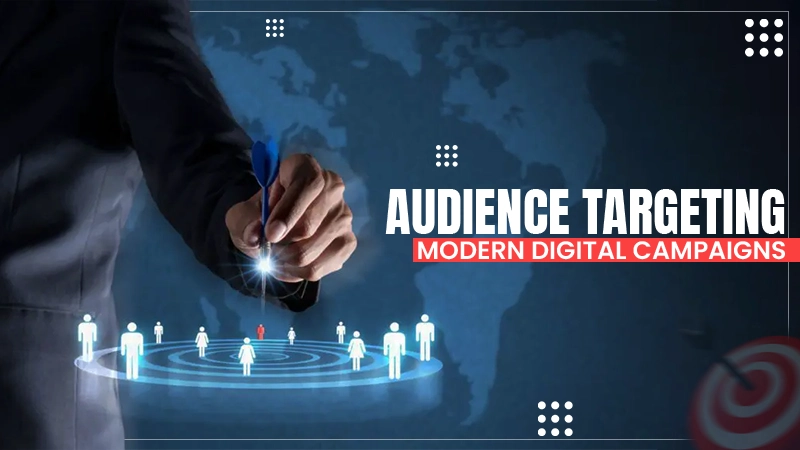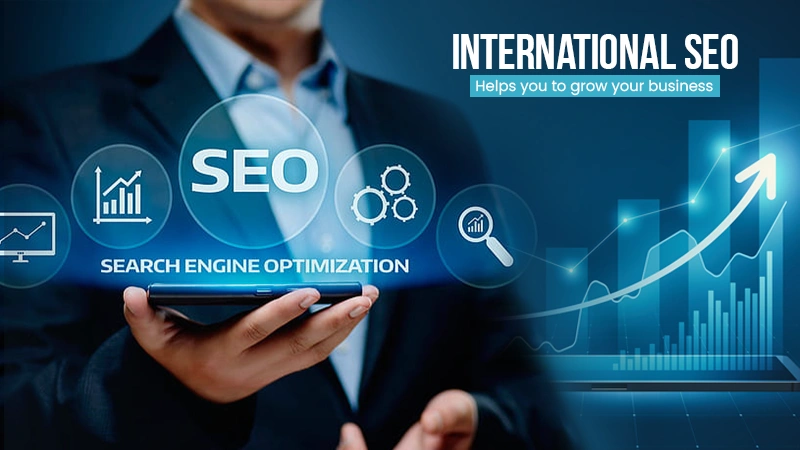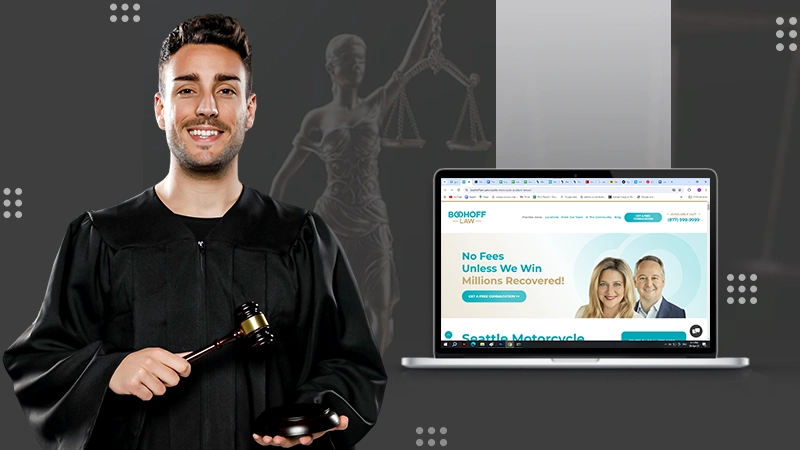Explained Simply: How PPC and AdWords Differ
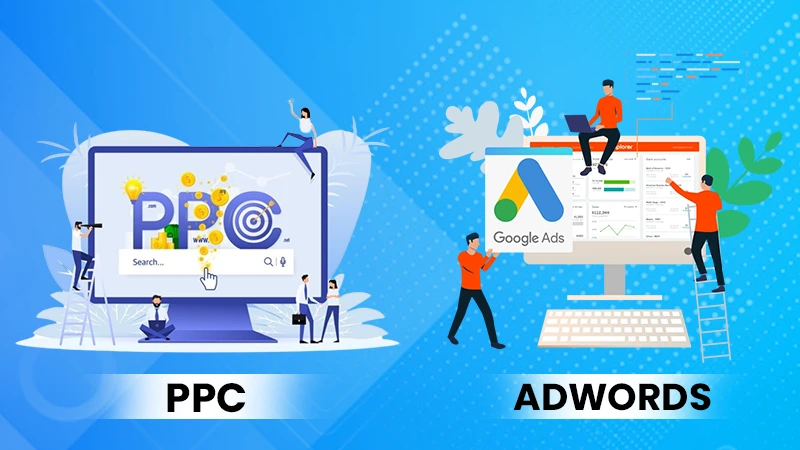
Introduction Online advertising has become the linchpin of modern business strategies, steering companies toward a broader audience with just a click. In this digital age, two terms frequently thrown around are PPC (Pay-Per-Click) and AdWords. But what do these really mean, and how do they fit into the big picture of online advertising? In this guide, we’ll dissect terms like PPC development services and serve up a simple dish of understanding for you.
Before we dive into the PPC and AdWords realm, let’s quickly grasp why online advertising matters. Picture this: your potential customers are spending more time online than ever before. If they’re scrolling through social media, searching on Google, or watching videos on YouTube, the online world is where businesses need to be to catch their attention.
Understanding PPC (Pay-Per-Click)
Pay-Per-Click is similar to a digital vending machine for businesses. It’s an online advertising model where advertisers pay a small fee each time someone clicks on their ad. Think of it as a pay-as-you-go system – you only shell out cash when potential customers show interest and click on your ad.
Picture this as a friendly auction where you’re bidding for the attention of your potential customers. The auction model is vying for a spot on the digital billboard. The more you bid, the higher your chances of being prominently displayed when someone searches for what you offer.
Smart advertisers strategize their bids based on keyword relevance and budget constraints. With PPC development services you get the leverage to customize your ads and keep it very specific for targeting and personalizing.
Benefits of PPC for Businesses
Now, why should businesses jump on the PPC bandwagon? Simple – it’s a targeted approach. With this, you’re reaching people actively searching for products or services you offer. It’s like setting up shop right where your customers are browsing. Plus, the flexibility in budgeting allows both small startups and big corporations to play in the same advertising sandbox.
Breaking Down AdWords
AdWords is the rockstar cousin of PPC. It’s not a separate entity but rather a major part of the broader family. Google Ads is Google’s advertising platform, and it operates on the model. So, when you hear people, think of it as a gateway to success, especially on the Google stage.
Google Ads is similar to the digital command center for advertisers. It lets businesses create and manage ads that appear in Google’s search results. Imagine having your own billboard on the internet’s busiest highways. Google Ads lets you customize your message, choose where your ad appears, and even track how well it’s performing.
Features and Targeting Options Available in AdWords
AdWords isn’t just about slapping your ad on a random webpage. It’s a precision tool. Businesses can target specific demographics, locations, and even the type of device users are on. It’s like having a personalized megaphone – you’re not just shouting into the void; you’re speaking directly to those who want to hear.
Key Differences Between PPC and AdWords
Alright, now it’s time to clear the air about PPC and AdWords. Think of it as the big umbrella term that shelters various online advertising strategies. It’s like saying “cars” when you mean different brands and models. Now, it is a specific ride under that umbrella, specifically designed by Google. So, in essence, it is a car, but it covers all the vehicles cruising the digital highway.
Highlighting AdWords as a Subset of PPC
AdWords isn’t the lone ranger in the PPC territory. It’s a decisive member of the family, similar to Bing Ads and social media ads. Whereas Google Ads is the go-to for Google, it opens the door to multiple platforms, each with its perks and quirks.
Comparison of Other PPC Platforms
Bing Ads offers a different set of eyes on your ads, capturing an audience that might not be exclusively Googling. Social media ads, on Facebook and Instagram, throw your message into the social mix. Each platform has its strengths, so savvy advertisers diversify their portfolio for maximum impact.
Cost Factors in PPC vs. AdWords
In the PPC realm, Cost-Per-Click (CPC) is your spending buddy. It’s the amount you’re willing to pay each time someone clicks on your ad. The beauty? You only shell out cash when someone shows genuine interest. It’s similar to having a pay-as-you-go plan for your advertising, giving you control over your budget without any surprise charges.
Explanation of Quality Score in AdWords
Enter AdWords, and a mysterious player steps onto the stage – the Quality Score. This isn’t a random number; it’s the judge determining how relevant and high-quality your ad is. The better your Quality Score, the less you pay per click. Google wants to ensure users get the best, and so do you.
Real-World Examples Illustrating Cost Differences
Imagine you own a bakery, and you’re running PPC ads on both Google and Bing. You notice that Google Ads, thanks to Quality Score magic, costs you less per click compared to Bing Ads. Why? Because Google thinks your ad is top-notch. This isn’t just theory; businesses experience these cost variations daily, making strategic decisions based on where their advertising dollars go the furthest.
Google and Facebook are the platforms where companies invest the most in terms of PPC.
Targeting Options in PPC and AdWords
Let’s talk about targeting – the secret sauce to reaching the right eyes. In the vast world of PPC, you’ve got options galore. You can zero in on your audience based on demographics, interests, and even the type of device they’re using. The ability to put your message in front of the people who are most likely to care.
In-Depth Exploration of Targeting Features in AdWords
Now, when we step into the AdWords arena, the targeting game gets a bit more intricate. It lets you be a digital detective, honing in on specifics like location targeting. You can make sure your ad pops up when potential customers are sipping coffee just around the corner. It’s the art of being present where it matters the most.
Tips for Effective Targeting Strategies in Both PPC and AdWords
Speaking with practicality, effective targeting is not a one-size-fits-all deal. In general, understand your audience – their likes, dislikes, and habits. With this, leverage the power of location targeting. If you’re a local business, make sure your ad is waving to the neighbors. And remember, regular fine-tuning of your targeting parameters is the key to staying relevant.
Ad Formats in PPC vs. AdWords
Ads come in different shapes and sizes in the PPC universe. You’ve got text ads – the classic billboard of the internet. Then there are display ads – visual treats that grab attention. And don’t forget the video ads – the mini-movies that tell your brand story.
Specific Ad Formats Unique to AdWords
It’s time to dive into the Google Ads fashion show. Here, you’ve got text ads, which are the OGs – simple, yet effective. Display ads are artistic canvases that can showcase your products in a visually stunning way. Video ads, on the other hand, are the stars of the show – bringing your brand to life in moving pictures. It offers a variety pack, ensuring you have the right outfit for any digital soiree.
Performance Metrics: PPC vs. AdWords
In the arena, key metrics include Click-Through Rate (CTR), Cost-Per-Click (CPC), and Conversion Rate. These numbers unveil how many people are clicking on your ad, how much you’re paying for each click, and the percentage of those clicks turning into valuable actions. Now, in the realm, add Quality Score to the mix. It’s like the judge at a talent show, evaluating how relevant and engaging your ad is. These metrics give you a 360-degree view of your campaign’s health.
DID YOU KNOW?
The percentage of clicks that result in customers is called the PPC conversion rate. The formula for calculating PPC conversion rate is (conversions/number of ad interactions) x 100.
Key Takeaways
The digital advertising landscape is dynamic, and your strategy should be too. Stay informed, keep an eye on your performance metrics, and be ready to adapt. If you’re a local bakery or a tech giant, the principles of effective advertising remain the same. So, go ahead, take the plunge into the world of PPC and AdWords, and let your business shine in the digital spotlight. Your success story is waiting to be written – go ahead, make it a bestseller!
Also Read: Best Digital Marketing Practices
